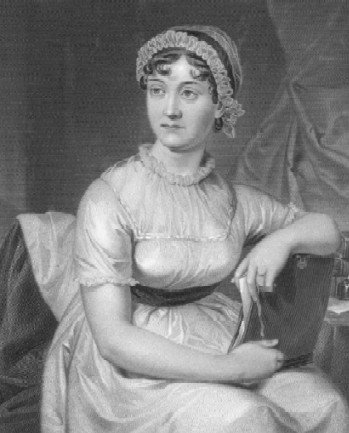Northanger Abbey is a Gothic parody.
Austen composes most of her novels during the Regency Period in
The Eighteenth Century and the literature produced during it are known for Neo-Classical elements, as well as scientific and philosophical content, which is linked with the Enlightenment. The Eighteenth Century also saw the rise of the novel as a major genre in
The Romantic Period was a sharp contrast to the strict rules and guidelines of the Eighteenth Century. Romantic literature features themes of the exotic, nature, and freedom. Rather than looking to reason and logic for wisdom, the Romantics believed that knowledge was gleaned from nature. Some key figures were Wordsworth, Percy Shelley, Coleridge, and Byron.
Gothic literature is typically grouped with Romanticism and is recognized as a subset of it. The Gothic genre, which began with Horace Walpole's The Castle of Otranto, typically includes elements of the supernatural, fantasy, and mystery, but is not merely a sensational genre, as many believe. Gothic fiction places the reader in interesting situations and settings…such as subterraneous chambers and ancient castles. The reader becomes a character within these texts. Gothic pieces tend to use many psychological elements that force readers into examining themselves and their societies. The true source of the Gothic’s horror is its reflexive nature; the Gothic genre is frightening because its reflective narratives force readers to become one with the plot, characters, and narratives, which, in turn, leads to reader to measure him or herself against both the normal and abnormal. The Gothic is about examination, which is its most terrifying aspect.
Blog Archive
The Gothic Genre
Subscribe to:
Post Comments (Atom)


1 comment:
I really like what you've said here. I also think it's noteworthy that while Northanger Abbey is a parody of the Gothic genre, Austen uses many of the Gothic novel techniques. For instance, she uses psychological tension typical of Gothic novels by chronicling Catherine's delusions, regarding Henry's mother's death. She both uses and mocks the Gothic genre, through the medium of the protagonist, Catherine.
Post a Comment